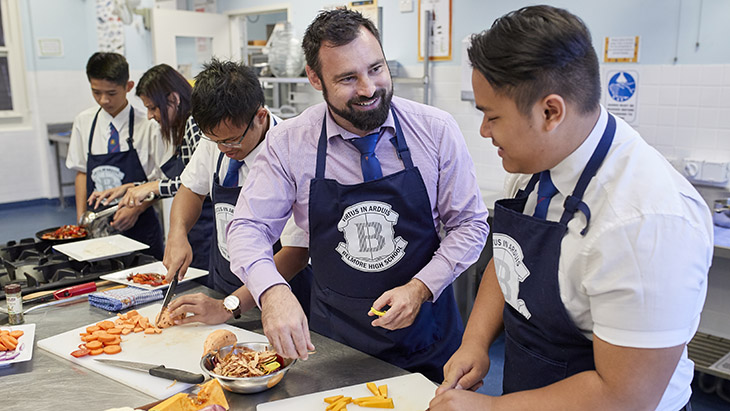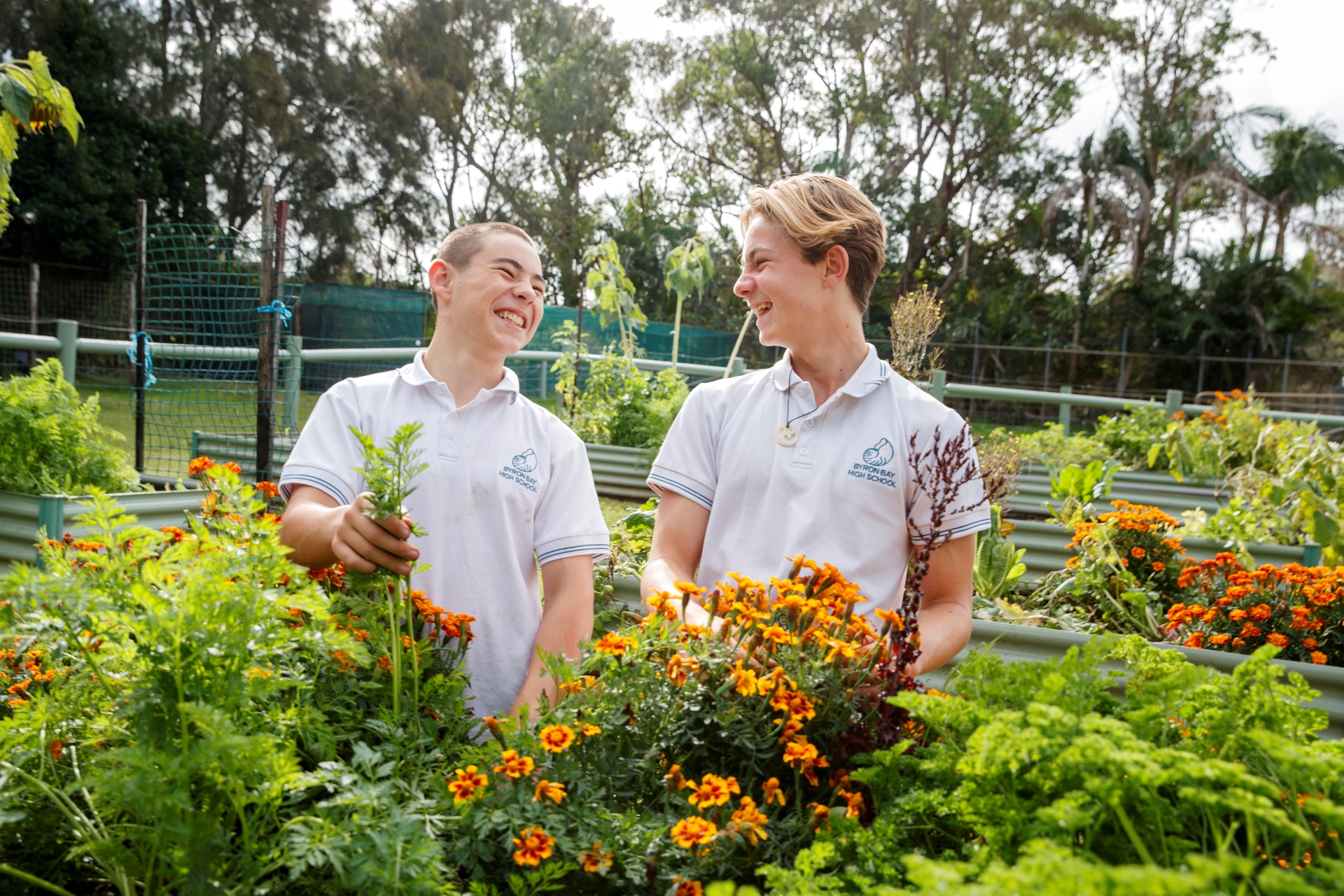Daily strategies
Assessments and homework
Consider how assessment tasks and homework can be differentiated in line with student Personalised Learning and Support Planning.
Some students may require adjustments to assessments based on their personalised learning and support needs. This may include additional time to complete assessments, reduced work, additional break times during assessments, or access to assistive technology.
Some students may be anxious about completing assessments. It may be helpful to give them additional time beforehand to get to know the assessment outline and to prepare themselves. Some students may feel more confident if they can look through all of the questions when the assessment commences.
Breaking down an assessment into smaller steps can help students who are anxious or who find organisation challenging.
Consider what a student can complete independently when assigning homework.
Working with parents or carers to support a consistent homework routine at home can be helpful. This may involve doing homework in a distraction-free area at a set time when possible.
Access our homework organisation visual.

Lockers or storage areas
In settings that use lockers or storage areas, students often need to access their locker or belongings multiple times in a day.
These areas can be noisy and crowded, and some lockers or storage areas may be less accessible than others.
Consider locker location and layout when assigning or planning lockers. If a student finds noise levels or crowds distressing, a locker located on the end, or within a smaller locker area, may be more suited to them.
If a student uses a wheelchair or other mobility supports, determine an accessible height and location for storage. Provide a storage area close to where classes are held.
A storage area located near student learning and support staff, or a trusted teacher, may be beneficial to students who experience anxiety, or who can benefit from support with their organisation skills.
Locker organisation strategies may be important for students who find organisation challenging. Consider printing our locker checklist.
Safety drills and first aid
Unexpected safety drills may upset some students. This can be more difficult if there are lots of other students around or unfamiliar people such as emergency service workers. Consider preparing a student for planned safety drills.
Pair them with a buddy or staff member they feel safe with. Noise-reducing headphones may help if a student finds the noise of the alarms upsetting.
Some students may not know how to tell an adult if there is an emergency, or what to do in an emergency or emergency drill.
Consider making time for demonstrating and practising what to do. Consider accessibility of evacuation points and procedures for students with diverse needs.
For a student who is Deaf, deaf or hard of hearing, flashing lights and a buddy system for drills may be helpful.
Some students may be distressed by blood or bandages or refuse to have an ice pack or medication. Talk to a student’s parents or carers to identify the best way to manage an unexpected injury or illness.
Some students may have difficulty communicating that they are in pain or unwell. Talk to parents or carers about possible signs of pain to look out for, such as grimacing, and the best method for letting a student know what first aid is being applied.
Encourage gestures or other methods of communication to work out what may be happening.
For a student who is blind or low vision, talk aloud so they know what first aid is being applied.
Excursions and camps
Some students may need adjustments so they can participate in excursions and camps. Consider discussing with parents or carers what adjustments may be needed.
Pairing students with friends on an excursion can help reduce anxiety.
Remind students who may feel overwhelmed or anxious to use any coping strategies that they have learned. These might be using some breathing exercises or finding a quiet space to calm down.
Be ready to support and help students. For example, you may need to find a quiet place to sit with a student. Some students may need to take short breaks or rests. Consider planning the schedule and activities accordingly.
Plan excursions in wheelchair accessible locations if relevant. Plan transportation accordingly.
Plan excursions with Braille or tactile signage if relevant. Venues which include audio guides, speech-to-text, captioned materials or engage other senses are a great option. It is important to orientate a student who is blind or has low vision to the new environment.
Consider the health needs of a student if relevant. For example, consider having trained staff ready to help any student who needs to take medication or needs help with toileting.
Out of routine activities
Changes in routine, including teacher absence, can be upsetting for some students, particularly students with disability. When possible, notifying parents or carers and the student of an absence in advance can be helpful as you can work together to prepare for the change.
Some helpful strategies to support students when out of routine activities occur may include:
- Let students know of out of routine activities in advance and what it will involve. A visual schedule or school story may be helpful for some students.
- Assemblies or other large gatherings may worry some students. It may help a student to let them sit where they feel safe. This could be near a friend or towards the back of the room.
- Performing in front of others or receiving awards may make some students anxious. Start at a level that does not cause them significant anxiety, and build from there. Prepare students in advance if necessary and consider rehearsal techniques.
- Noise-reducing headphones may help a student who is upset by loud assemblies or gatherings.

Transitions during the day
Some students may find transitions between activities and settings challenging. Below are some strategies that may support a student with disability successfully transitioning throughout the day.
Minimise the distance between classes or classrooms for students who have physical disabilities and allow them enough time to move between their classes
A daily visual schedule can help students to prepare and plan for changes between rooms.
Create a supportive and positive classroom environment. Welcome students when they arrive to class, refer to them by name, and tell them what is planned for the lesson.
Pairing a student with a friend to move between classes can help them to feel more at ease.
Look for opportunities to encourage students for appropriate and successful transitions.
Some students may be anxious about getting changed into their sports uniform. Consider reminding students of the change room expectations. If getting changed is very difficult for a student, the teacher or school can let them wear their sports uniform to school on sports days.
School Excellence Framework alignment
Wellbeing, Effective classroom practice
Australian Professional Standards for Teachers alignment
Standard 1: Know students and how they learn
Audience
Secondary teachers
Purpose
This resource has been designed to guide primary teachers to reflect on the supports students may require with transitions and out of routine activities.
Reviewed
November 2021. Share your feedback here